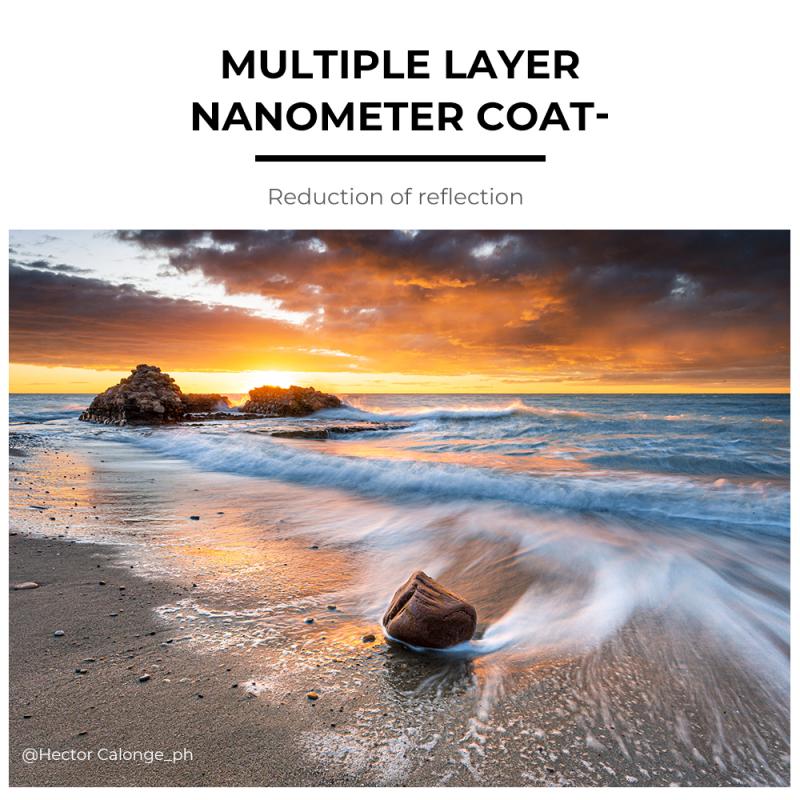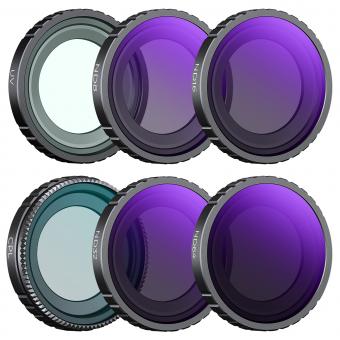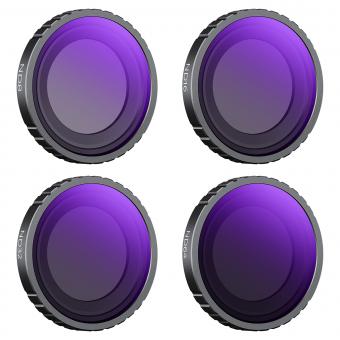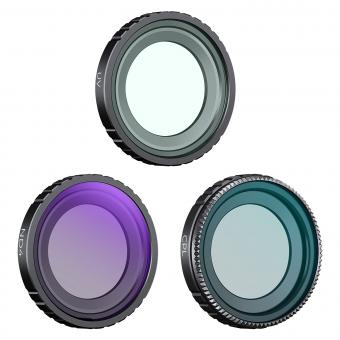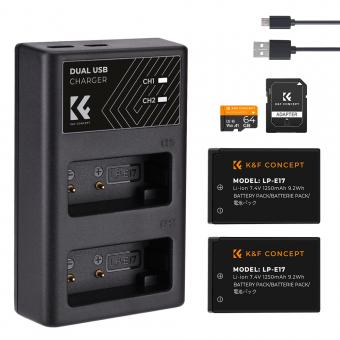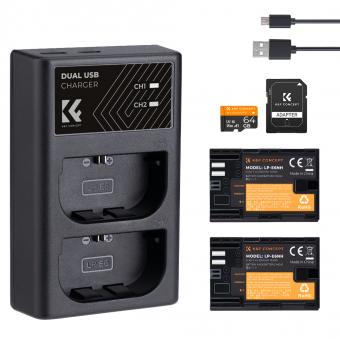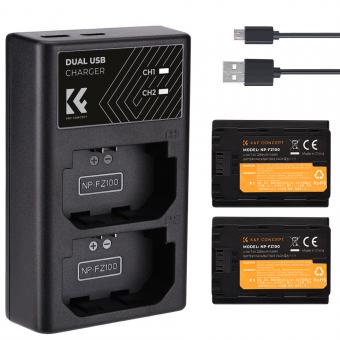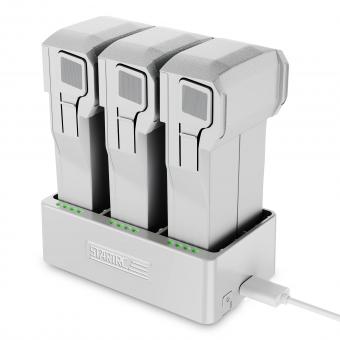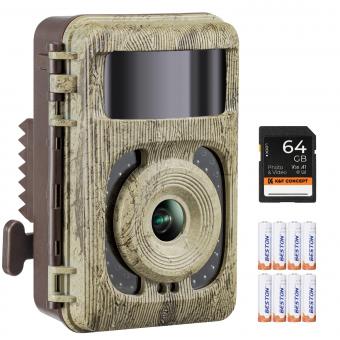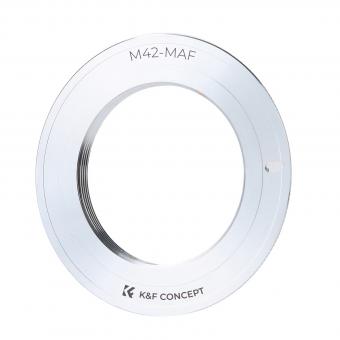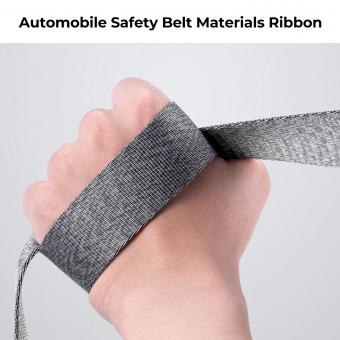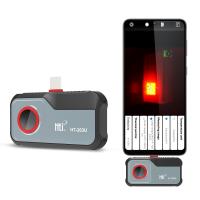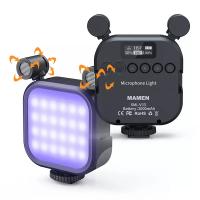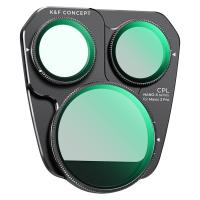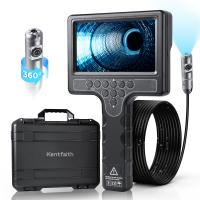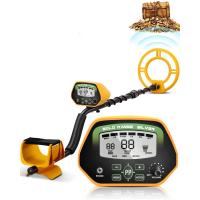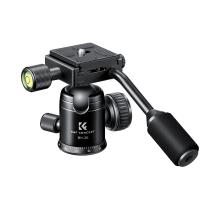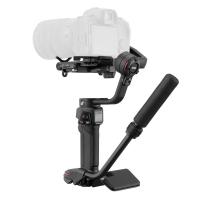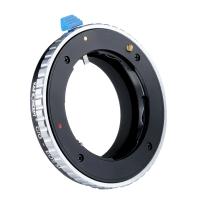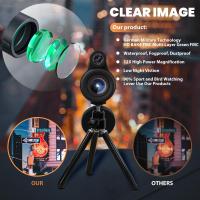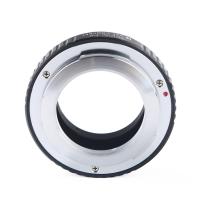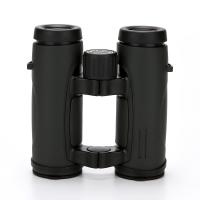Can My Camera Batteries Go In Hold Luggage ?
It is generally recommended to carry camera batteries in your carry-on luggage rather than in your checked or hold luggage. This is because lithium-ion batteries, which are commonly used in cameras, can pose a fire risk if they are damaged or short-circuited. By keeping them in your carry-on luggage, you can ensure that they are easily accessible and that any potential issues can be quickly addressed by the cabin crew if needed. Additionally, some airlines have specific regulations regarding the transportation of lithium-ion batteries, so it is advisable to check with your airline before traveling.
1、 Airline Regulations: Camera Battery Restrictions in Checked Luggage
Airline regulations regarding camera batteries in checked luggage can vary depending on the airline and the specific type of battery. In general, it is recommended to carry camera batteries in your carry-on luggage rather than in your checked baggage. This is because lithium-ion batteries, which are commonly used in cameras, can pose a fire risk if they are damaged or short-circuited.
Most airlines follow the guidelines set by the International Civil Aviation Organization (ICAO) and the International Air Transport Association (IATA). These guidelines state that spare lithium-ion batteries with a capacity of up to 100 watt-hours (Wh) are allowed in carry-on baggage. However, batteries with a capacity between 100 and 160 Wh require airline approval and may have additional restrictions.
It is important to note that some airlines may have their own specific regulations or restrictions on camera batteries. It is always recommended to check with your airline before traveling to ensure compliance with their policies. Additionally, it is advisable to carry spare batteries in their original packaging or in a protective case to prevent any accidental short-circuiting.
As of the latest information available, the Transportation Security Administration (TSA) in the United States allows camera batteries in carry-on luggage, but they must be individually protected to prevent short-circuiting. This can be done by placing each battery in a separate plastic bag or by using battery cases specifically designed for travel.
In conclusion, while camera batteries are generally allowed in carry-on luggage, it is always best to check with your airline for their specific regulations. It is also important to take necessary precautions to protect the batteries from damage and to prevent any potential fire hazards.
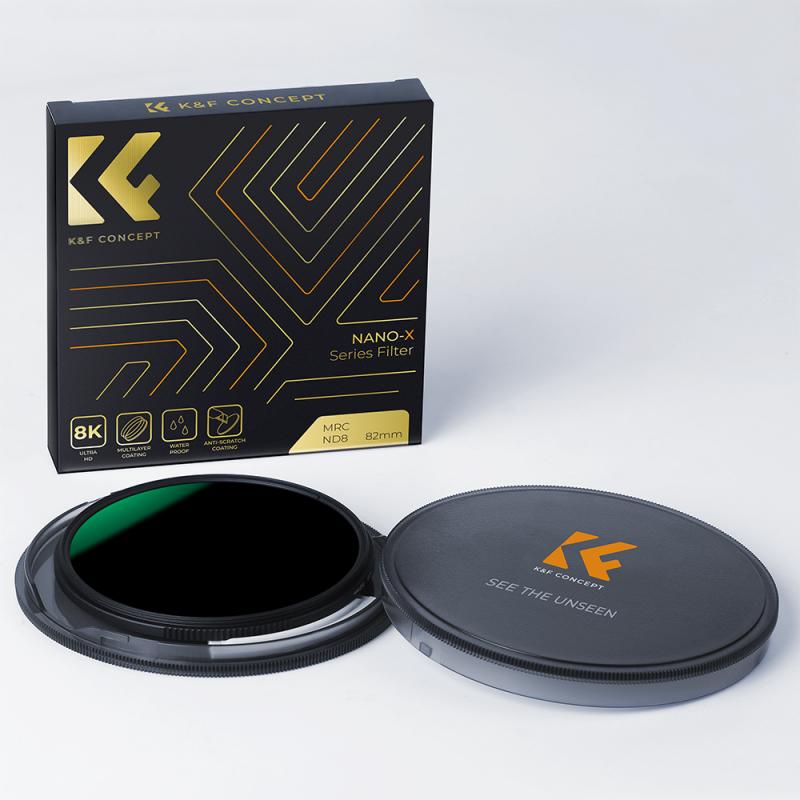
2、 Lithium-ion Batteries: Safe Transportation Guidelines for Camera Batteries
According to the guidelines provided by the International Air Transport Association (IATA), lithium-ion batteries, including those used in camera equipment, are generally allowed in both carry-on and checked baggage. However, there are certain safety precautions that need to be followed to ensure safe transportation.
The latest point of view regarding camera batteries in hold luggage is that it is generally recommended to carry them in your carry-on baggage rather than placing them in checked luggage. This is because lithium-ion batteries have the potential to overheat and catch fire if they are damaged or short-circuited. In the event of a fire in the cargo hold, it may go undetected for a longer period of time, increasing the risk to the aircraft and passengers.
Carrying camera batteries in your carry-on luggage allows for better monitoring and quicker response in case of any issues. It also ensures that you have access to your batteries during the flight, which can be useful if you need to charge your camera or replace the batteries.
If you do decide to pack camera batteries in your checked luggage, it is important to take certain precautions. Make sure to keep the batteries in their original packaging or place them in a protective case to prevent any damage. It is also recommended to tape over the battery terminals to prevent accidental short-circuiting.
Always check with your airline for their specific regulations and any updates regarding the transportation of lithium-ion batteries. It is also advisable to carry a copy of the latest guidelines provided by IATA to ensure compliance and smooth travel.
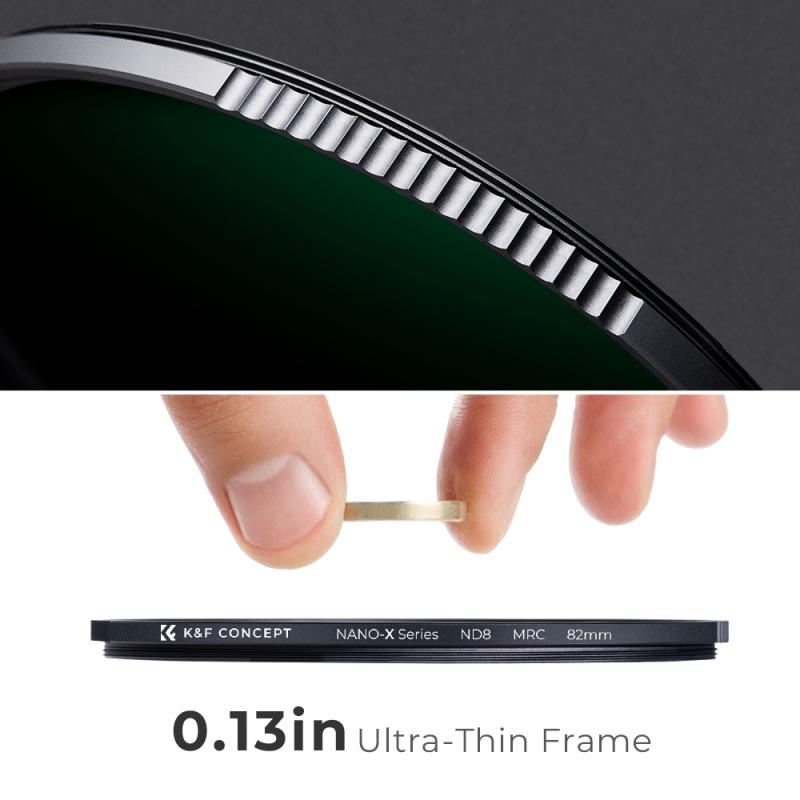
3、 TSA Guidelines: Can Camera Batteries be Packed in Checked Bags?
TSA Guidelines: Can Camera Batteries be Packed in Checked Bags?
According to the Transportation Security Administration (TSA) guidelines, camera batteries are generally allowed in both carry-on and checked bags. However, there are some important considerations to keep in mind.
Lithium-ion batteries, commonly used in cameras, are generally permitted in carry-on and checked bags. However, there are restrictions on the size and quantity of these batteries that can be packed. Lithium-ion batteries with a capacity of 100 watt-hours or less are allowed in carry-on and checked bags without any special restrictions. Most camera batteries fall within this limit.
If you have spare batteries, they should be individually protected to prevent short circuits. It is recommended to place each battery in a separate plastic bag or use the original packaging to prevent contact with metal objects, such as keys or coins, which could cause a short circuit.
It is important to note that some airlines may have their own specific regulations regarding lithium-ion batteries. It is always a good idea to check with your airline before traveling to ensure compliance with their policies.
Additionally, it is generally advised to carry valuable or fragile items, such as cameras and lenses, in your carry-on bag rather than checking them. This helps to minimize the risk of damage or loss during transit.
In conclusion, camera batteries can be packed in both carry-on and checked bags, as long as they comply with TSA guidelines and airline regulations. However, it is always recommended to double-check with your airline for any specific requirements or restrictions they may have.
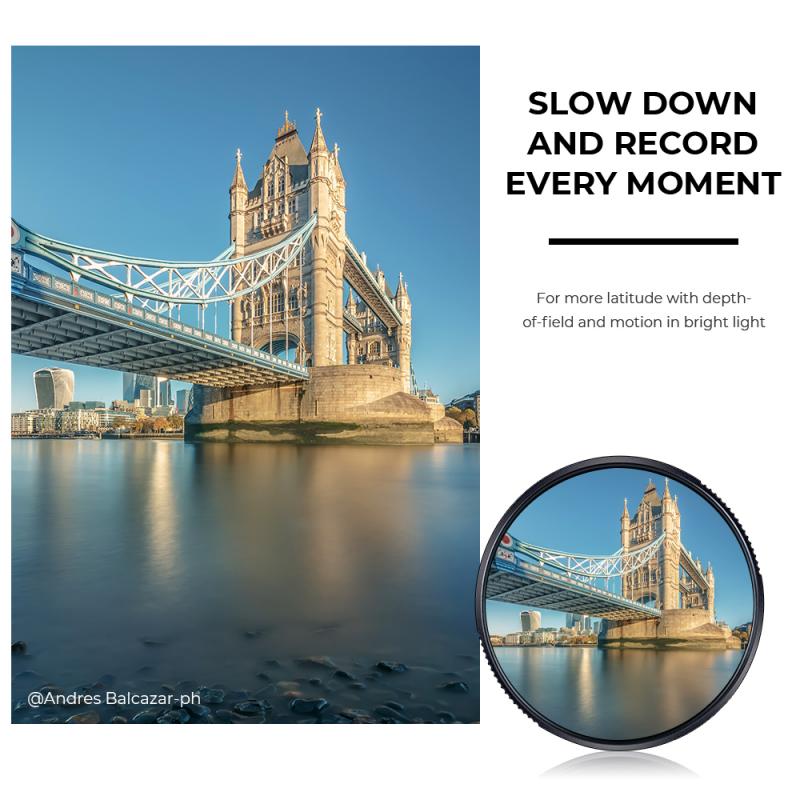
4、 International Travel: Rules for Carrying Camera Batteries in Hold Luggage
International Travel: Rules for Carrying Camera Batteries in Hold Luggage
As of the latest guidelines, camera batteries are generally allowed in hold luggage, but it is important to be aware of certain rules and regulations to ensure a smooth travel experience.
Most airlines permit camera batteries to be packed in checked baggage, but it is recommended to check with your specific airline before traveling, as policies may vary. Some airlines may have restrictions on the number of batteries or their capacity that can be carried in hold luggage. It is advisable to review the airline's website or contact their customer service for the most up-to-date information.
When packing camera batteries in hold luggage, it is crucial to take precautions to prevent any potential hazards. It is recommended to keep the batteries in their original packaging or use a battery case to prevent short-circuiting. Ensuring that the battery terminals are protected and insulated is also important.
It is worth noting that lithium-ion batteries, commonly used in cameras, have specific regulations due to their potential fire risk. Some airlines may require these batteries to be carried in carry-on luggage rather than in the hold. This is because any potential fire incidents can be more easily detected and managed in the cabin.
To avoid any inconvenience or confusion at the airport, it is always best to check the latest guidelines provided by the airline and relevant aviation authorities. These regulations may change periodically, so it is important to stay informed before your trip.
In summary, while camera batteries are generally allowed in hold luggage, it is essential to be aware of any specific restrictions or guidelines set by your airline. Taking necessary precautions and staying informed will help ensure a hassle-free travel experience.
